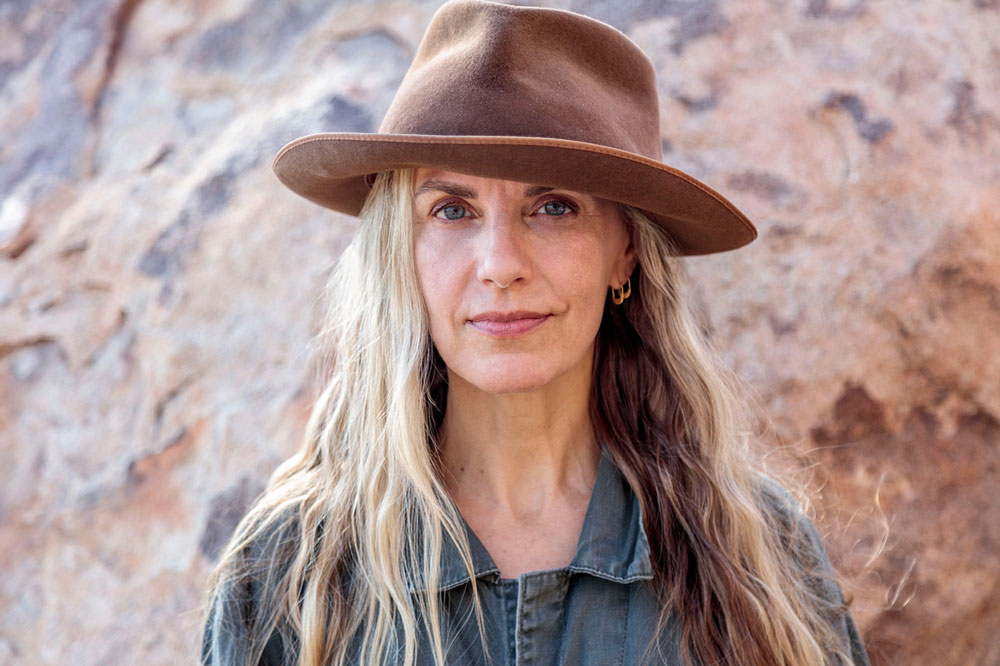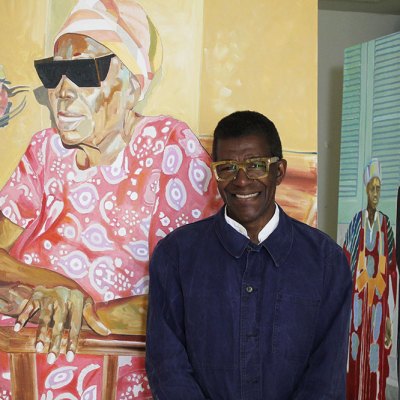Based in California, Liza Lou was born in New York – which is where, at the New Museum in 1996, she first came to prominence with ‘Kitchen’, a full-scale recreation of an American kitchen painstakingly made over five years out of papier-mâché and glass beads. Now in the Whitney’s collection, the installation ‘argues for the dignity of labor’, in Lou’s words, and exemplifies the way in which her work challenges the boundary between fine art and craft. A new monograph is due for publication in 2022, and ‘Liza Lou: Desire Lines’ runs at Lehmann Maupin, London, from 16 September–6 November.
Where is your studio?
These days, I have a nomadic practice, working mostly outdoors in the Mojave Desert in southern California.
What do you like most about the space?
It’s a feeling of total freedom. I love being able to fit my entire studio in the back of my truck.
What frustrates you about it?
Loading and unloading.
What does it smell like?
Sage and chaparral.
Detail from Kitchen (1991–96), Liza Lou. Whitney Museum of American Art, New York

Do you work alone?
Yes.
What’s the weirdest object in there?
Define weird! I thought I had a good emergency kit, but a friend told me it’s not complete without a crowbar.
Which artistic tool could you least do without?
A sharp pair of scissors.
What’s the most well-thumbed book in your studio?
The Elements of Color by Johannes Itten.
Do you cook in the studio?
I have Alice Waters aspirations, but the truth is I work through and usually forget to eat.
Slow Jam (2018), Liza Lou.

What do you listen to while you’re working?
Silence is golden!
What do you usually wear while you work?
A mechanic’s boiler suit and a Stetson hat.
Do you ever sleep in your studio?
Yes!
The most interesting visitor you’ve had?
A mountain lion.
Is anything (or anyone) banned?
I love that quote from Philip Guston – when he said he doesn’t like anyone in the studio and that it’s best when he leaves, too.
Liza Lou in her (fixed) studio. Photo: Mick Haggerty

‘Liza Lou: Desire Lines’ runs at Lehmann Maupin, London, from 16 September–6 November.



